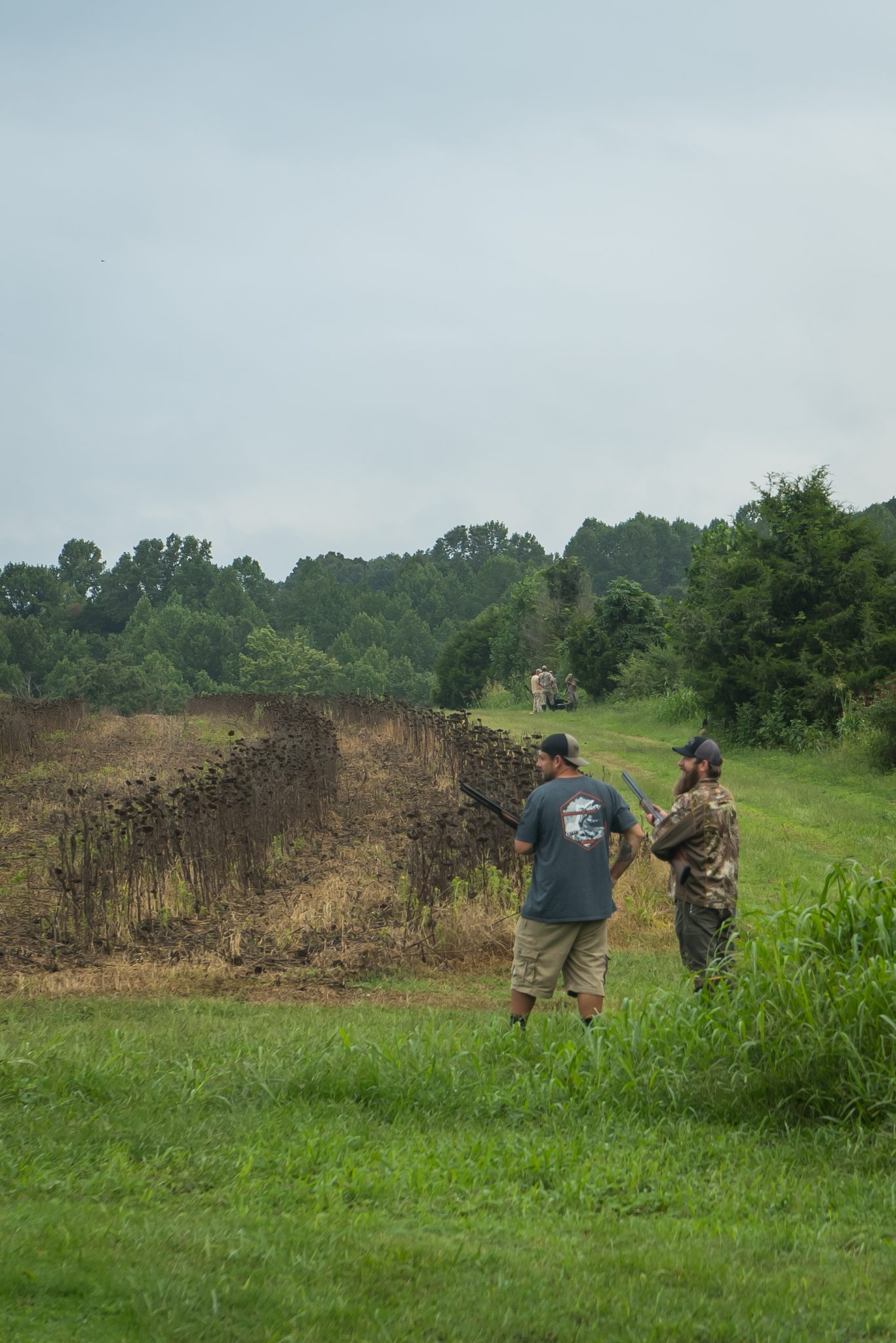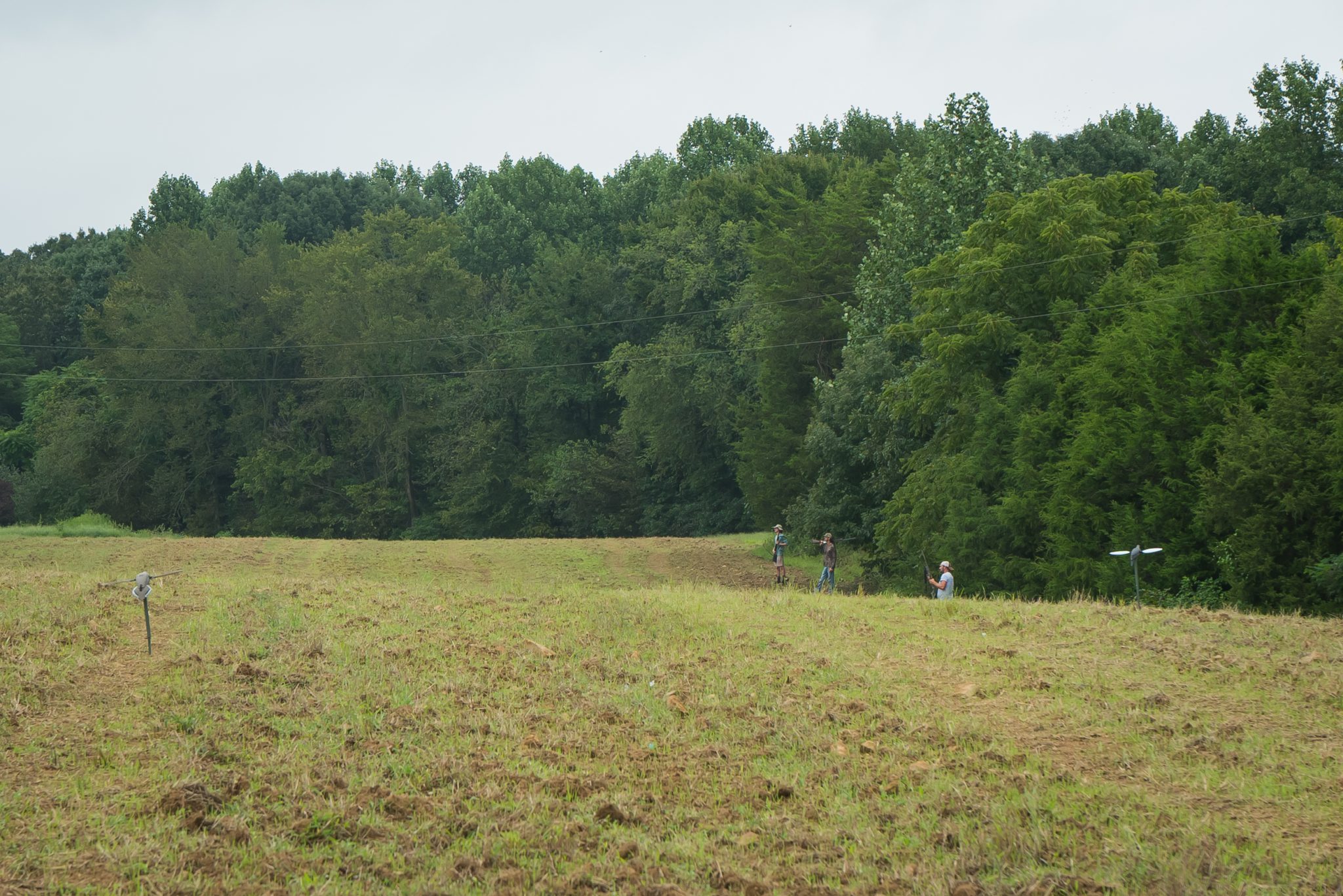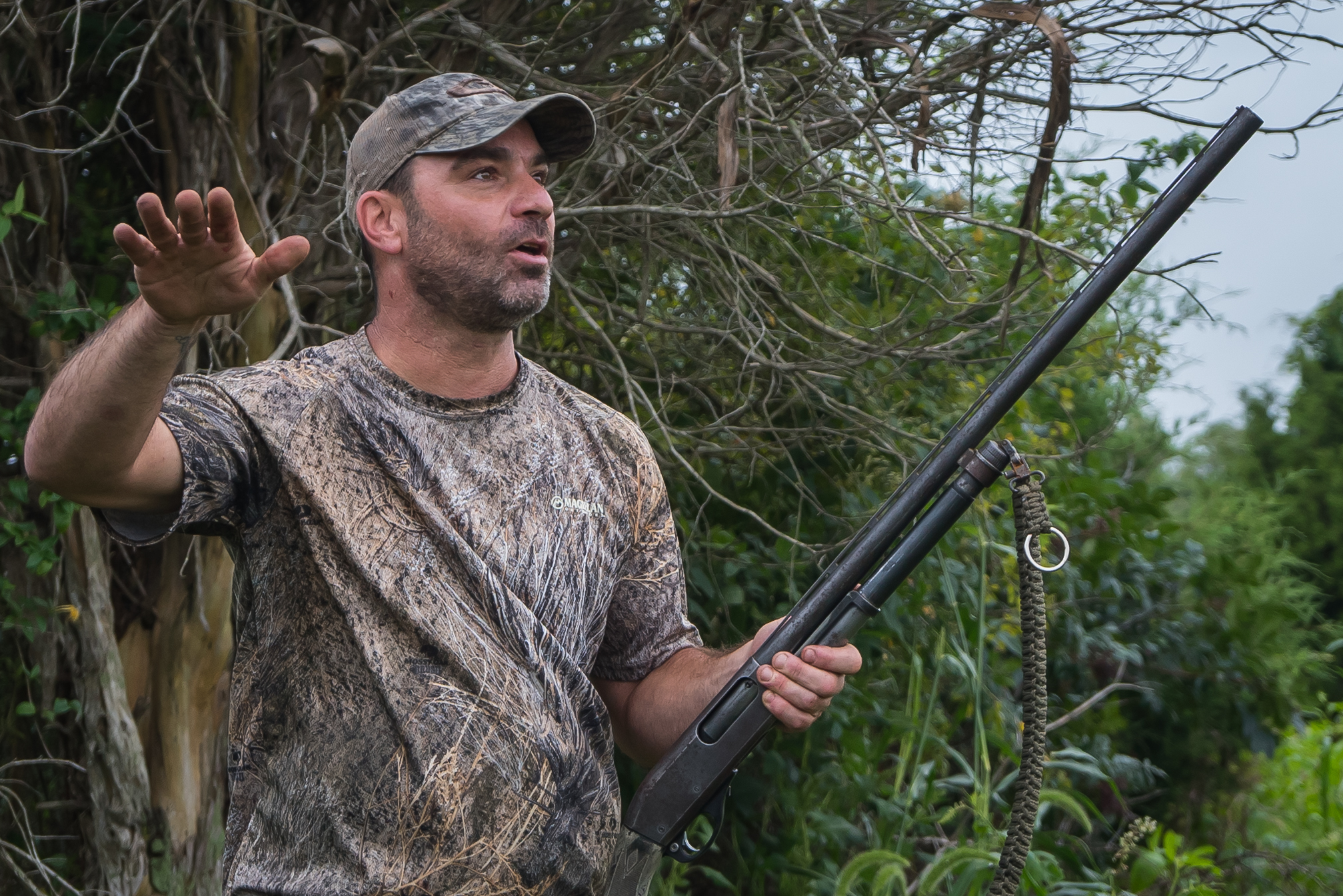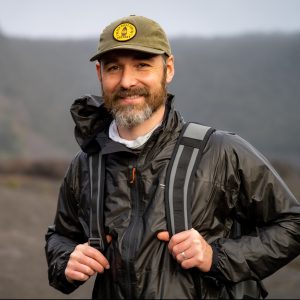Nothing marks the start of hunting season like a good old-fashioned dove shoot. Across the Southeast, Texas, and parts of the Midwest the ceremonial beginning of fall is often a gathering of friends and family — around a planted sunflower field.
“It’s as much a social occasion as it is a hunt,” my buddy, the photographer Kerry B. Wix, told me on opening morning at his family farm in Tennessee. But this year, “it should be a helluva good shoot, too.”

Everyone calls Jason Thompson “Billy Wayne,” but no one can say for sure where the nickname came from. He goes by “Timber Ghost,” too, for his prowess in finding Arkansas duck holes. “Bootstrap Bill” is another one. “We’ve got 20 different names for him,” Wix told me. Billy Wayne is a local legend and watching him shoot, it’s clear to see why. No dove inside 70 yards was safe from his busted-up Remington 870. The gun is missing a forestock — the pump — and he shucks it by pinching the naked metal rails. “Don’t you want to get a stock for that?” I asked. He looked at his shotgun, then looked at me. “It works just fine.”





Read Next: Upland Starter Kit: The Gun, Boots, Vest, and Skills You Need









Comments